Henry Horn: A Beloved Ecologist’s Handcrafted Legacy
“Henry’s art was different,” said Simon Levin, a colleague and professor of ecology and evolutionary biology. For example, Horn “would take old bits of computers and create them into structures which told a story,” Levin said.
After Horn died unexpectedly last March, it seemed fitting to distribute his works to colleagues as a way to honor the professor emeritus. More than 50 of his works are displayed in various offices, labs, and lounge spaces throughout Guyot and Eno halls. There’s also one at the Princeton University Press, where he served on the board.
Each work tells a story. Some draw inspiration from landscapes and nature, while others reflect on religious concepts. Most of his works feature defunct computer pieces Horn collected from old friends or by dumpster diving. Others incorporate carved wood, bottle caps, CDs, or pieces of metal.
Betty Horn, his widow and a research staff member in the Department of Ecology and Evolutionary Biology, said her husband was deliberate in the messages he hoped to convey. For example, he did a series of work meant to represent neighborhoods and housing developments. She noted that these works have “a real ecological message about what we’re doing to the environment.”
Horn attributed his artistic output to an alter ego, J. Chester Farnsworth, and the tongue-in-cheek descriptions that accompany many of his works bring to life his commentary on the state of the world. “So much of [his work] was stored up on our third floor and nobody could see it,” Betty Horn said. “So why not have it out where people can look at it and think about what he had to say?”
Web-Exclusive Gallery
More works by Henry Horn


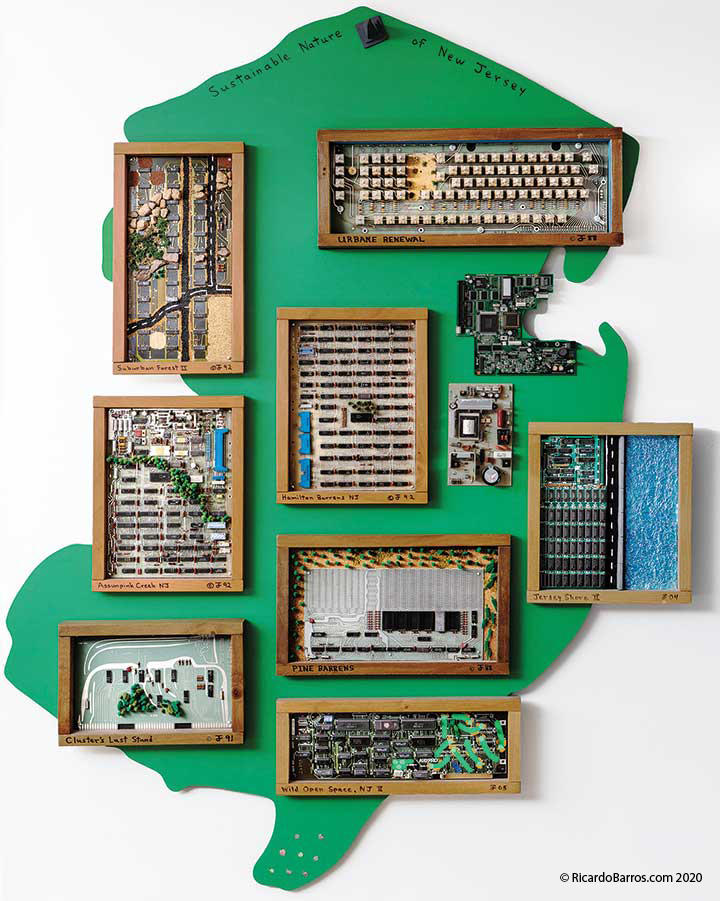
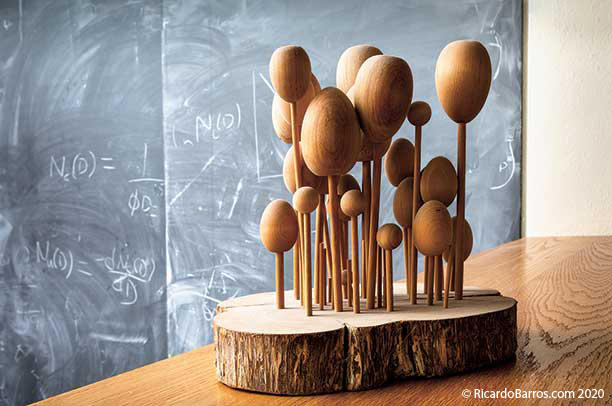
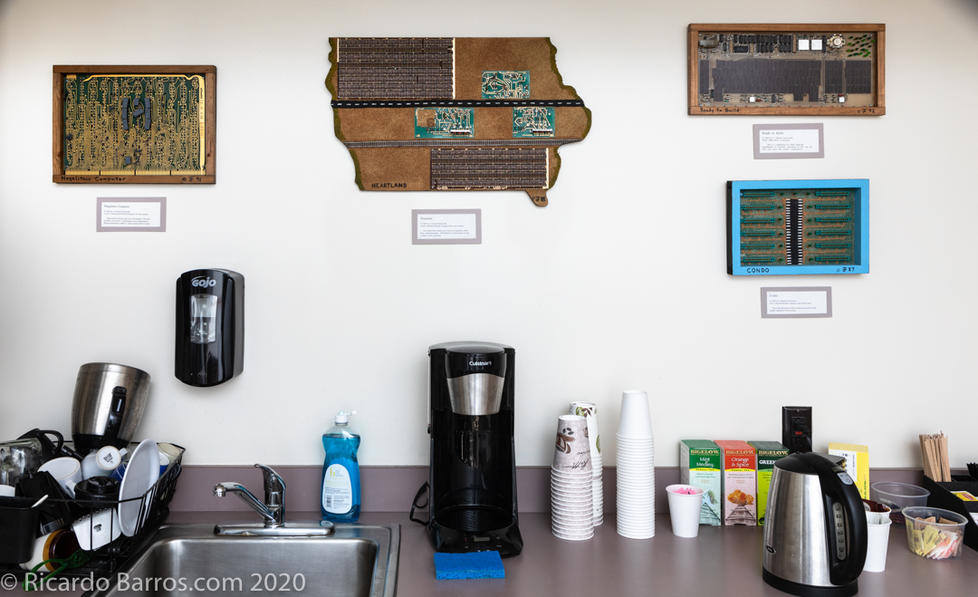
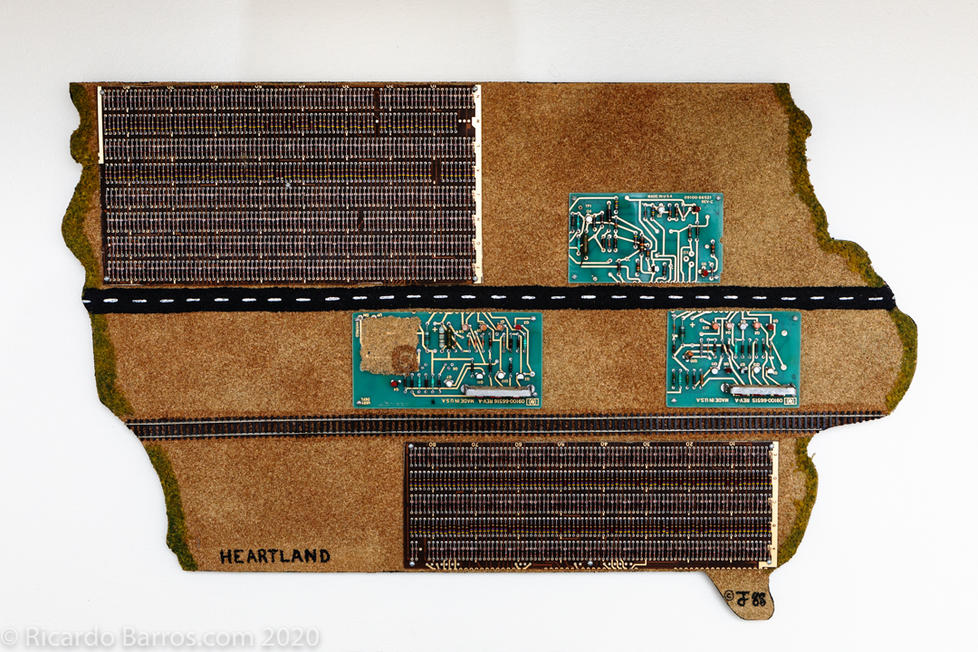
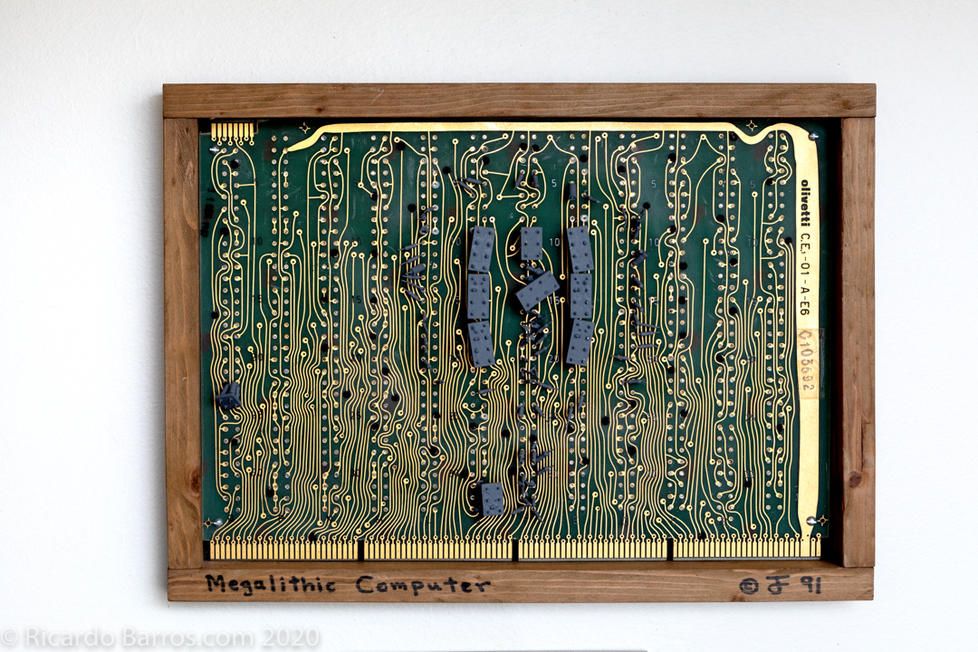
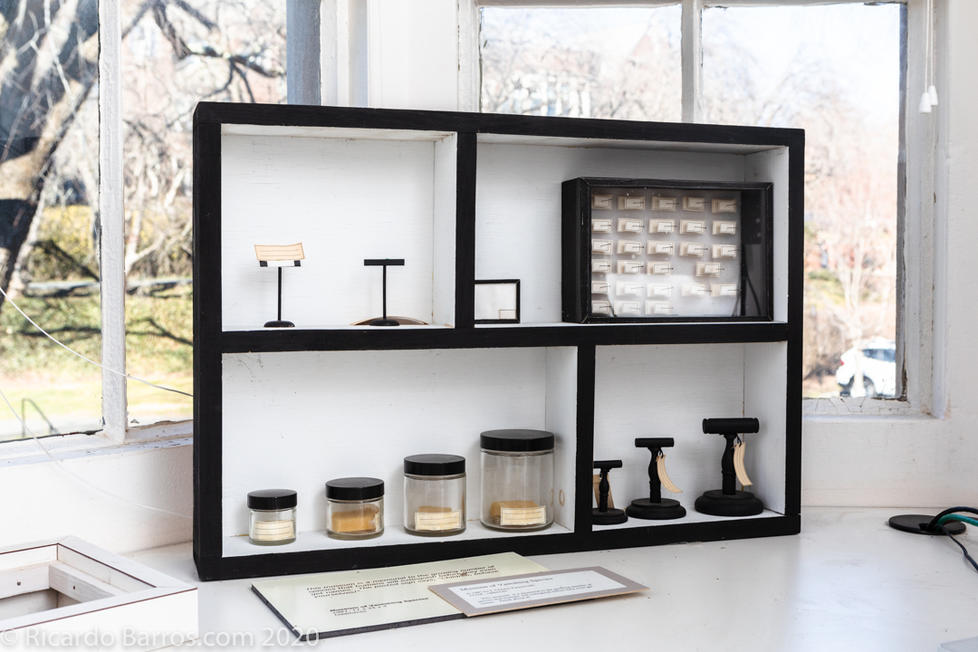
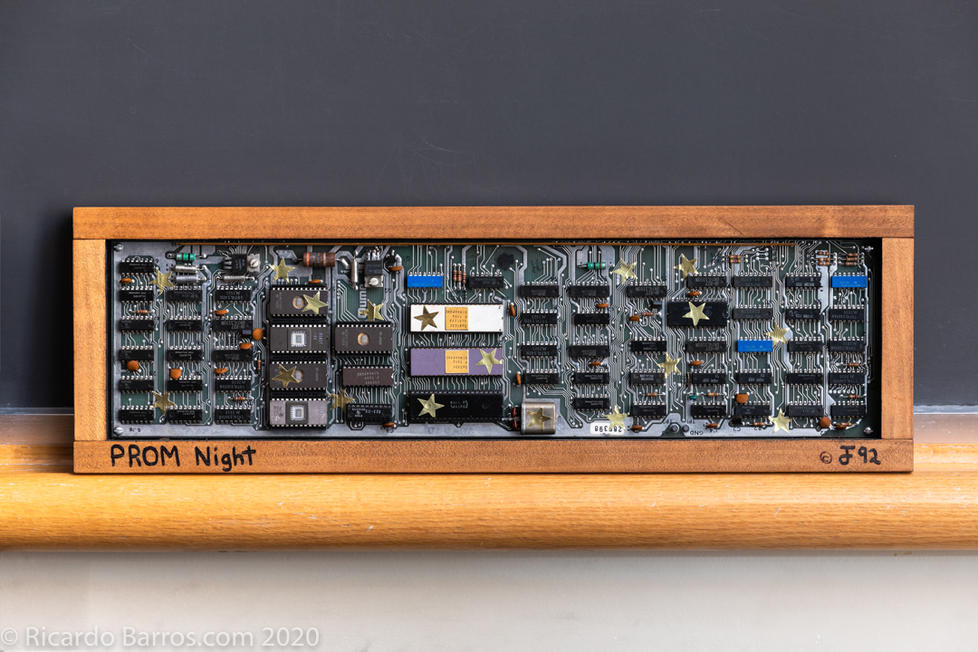
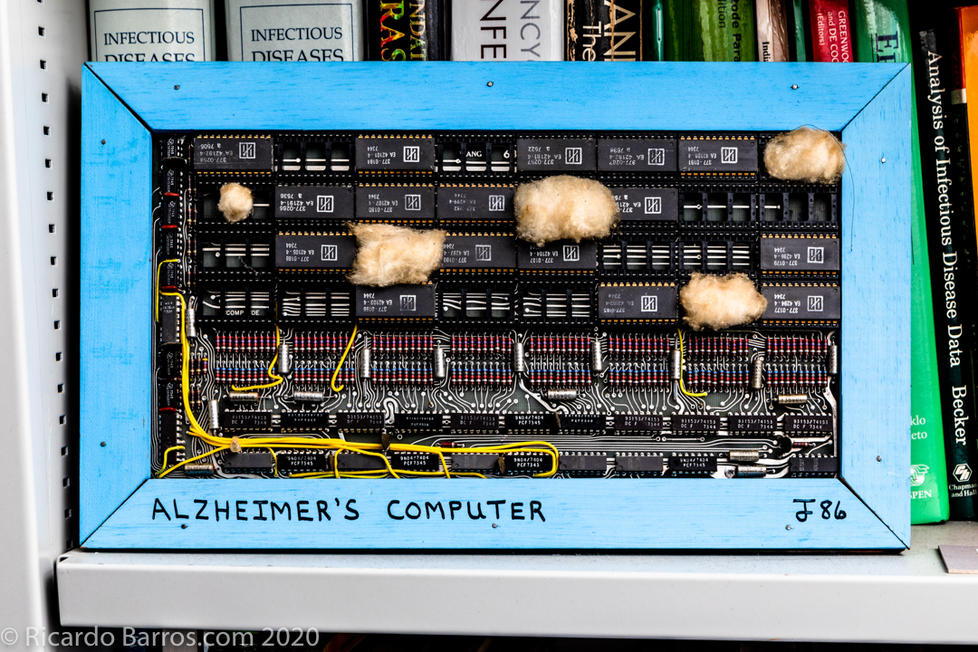









3 Responses
Houghton Hutcheson ’68
5 Years AgoHenry Horn Was First and Foremost a Teacher
Thank you for the feature on the artwork of the late Professor Henry Horn (On the Campus, March 18). I shall never forget him for the simple reason that I would not have graduated had he not been on the biology department faculty during my undergraduate years. He was a wonderful teacher who truly loved his subject. Our “laboratory” consisted of the woods, streams, lakes, and fields of Princeton and its environs.
When I approached Dr. Horn to ask him to be my thesis adviser, I told him that a subject that interested me greatly was the effect of human activity on migratory waterfowl populations in North America. He said, “That’s a topic, but it’s not a thesis. What is your thesis?” I said, “My thesis is that properly regulated waterfowl hunting poses no long-term threat to populations of these avian species, but other human activities do.” He seemed somewhat skeptical and asked me how I proposed to support such a thesis. I said, “I’m not sure.” (A more truthful answer would have been, “I have no idea.”) Dr. Horn said, “Well, sit down and let’s talk about that.” Together we mapped out a research and statistical-analysis methodology that became the basis for my thesis.
More than 50 years later, much of the regulatory framework surrounding duck and goose hunting in North America is based on the very factors that Dr. Horn helped me identify and analyze. (I am not suggesting my thesis had anything to do with that.) My only regret is that I lost contact with Dr. Horn over the years and never really told him of the impact I have tried to describe in this letter.
Laura Smith ’05
5 Years AgoWhat About His Woodlings?
This is great to see his “alter ego’s” works on display. What about his woodlings, his small wooden creatures he created and then also photographed in amazing natural settings around the world? Are any of them around? Or the photographs he created with them?
I remember a few of them in my class with him in the fall of ’03 — Ecology of Fields and Woodlands.
Betty Horn
5 Years AgoThe LIWA Live
Henry’s little wooden animals — the LIWA — are alive and well in the possession of myself, friends, and family. Henry wrote about their adventures at the Grand Canyon, called “Why the Animals Stayed on One Side of the River,” which pointed out that physical features have consequences for animal distributions. Many photographs of them exist in locations near and far that Henry planned to use in future works. Perhaps there will be en exhibition of them someday.